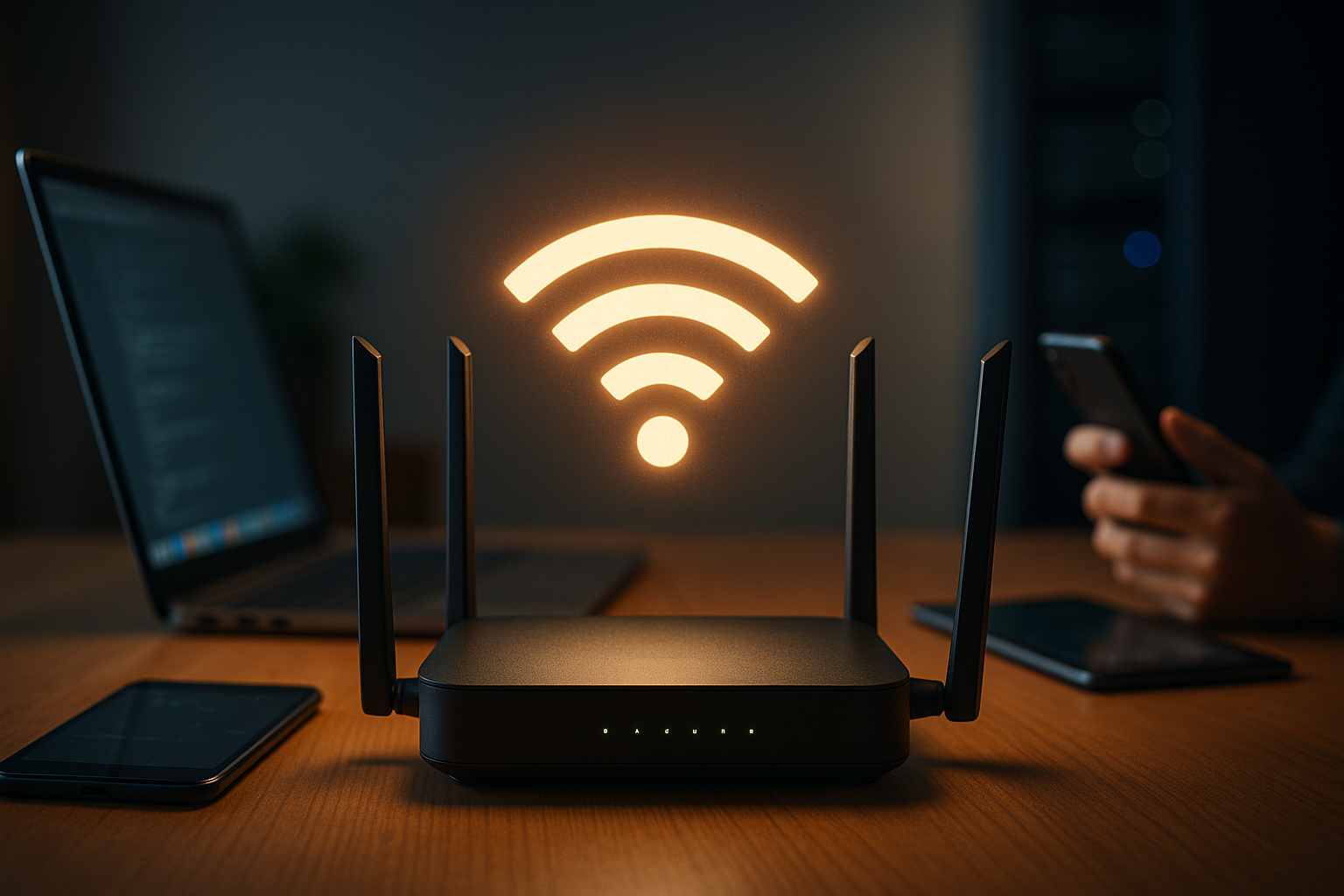Assessing display characteristics: color, refresh rate and resolution
Understanding display characteristics helps you choose or maintain screens across devices such as laptops, smartphones, monitors and peripherals. Color accuracy, refresh rate and resolution affect visual clarity, motion handling and suitability for tasks like photo editing, gaming or general productivity. This overview explains the technical fundamentals, practical tests and considerations for upgrades, troubleshooting and sustainable device use in your area.

Displays: color accuracy and calibration
Color performance on displays depends on panel type, color gamut coverage, and calibration. IPS, VA and OLED panels differ in contrast, viewing angles and native color reproduction; each has trade-offs for photographers, designers and everyday users. Calibration tools and software can map a monitor to standard profiles (sRGB, Adobe RGB) to improve accuracy, while accessories such as colorimeters provide repeatable results. When refurbishing or repairing screens, check factory vs. measured color coverage and consider sustainable disposal or parts reuse to limit environmental impact.
Refresh rate and processors: what affects motion
Refresh rate defines how often a display updates per second (Hz), and higher values reduce perceived motion blur. However, processor performance and GPU capability determine whether a device can deliver frames fast enough to take advantage of higher refresh rates. In laptops and smartphones, thermal constraints and power management also influence sustained frame delivery. Benchmarks reveal end-to-end behavior: compare frame pacing, input latency and sustained FPS rather than peak numbers alone. Troubleshooting stutters often involves checking drivers, background processes and firmware updates.
Resolution across laptops and smartphones
Resolution describes pixel count and influences sharpness and workspace scale. Higher resolutions (e.g., 4K) provide more detail but demand more graphics horsepower and storage for high-resolution content. On small smartphone screens, pixel density (PPI) matters more than absolute resolution for perceived clarity. For laptops used in productivity tasks, consider balance: higher resolution aids multitasking but may require scaling for legible UI elements. When upgrading or repairing a device, verify display connector compatibility and any impact on battery life or thermal performance.
Benchmarks, troubleshooting, and repairs for displays
Benchmarks help quantify color accuracy (delta E), contrast ratio, response time and refresh behavior. Use standardized tests and reproducible workloads to compare results across devices. For troubleshooting, isolate variables: test different cables, ports, and sources; try alternate displays to determine if the issue stems from a processor, GPU, or the panel itself. Repairs and refurbishing efforts should include inspection for backlight issues, pixel defects and connector integrity. Maintain documentation of tests and replacement parts to streamline future repairs and ensure safety and security protocols are followed.
Upgrades, peripherals, and accessories for better visuals
Consider peripherals like external monitors, docking stations, and color calibration tools when upgrading visual capabilities. For laptops, external displays can extend workspace without internal hardware changes; for smartphones, adaptive accessories such as portable monitors and wireless casting devices provide flexibility. Choose peripherals that match your connectivity options—USB-C, HDMI, DisplayPort—and factor in wireless alternatives that may introduce latency. When selecting accessories, weigh sustainability and repairability: modular designs and reputable vendors simplify future repairs and reduce electronic waste.
Connectivity, storage, security and sustainability
Display performance links to connectivity and storage decisions: streaming high-resolution content requires robust wireless throughput or local storage, while secure display pipelines guard sensitive visuals from interception. Wireless display solutions offer convenience but can vary in latency and reliability—test them under realistic network conditions. From a sustainability perspective, extend device life through repairs and refurbishing, recycle panels responsibly, and consider energy-efficient displays to lower power consumption. Security measures such as firmware updates and vetted accessories help protect data shown on-screen.
Conclusion Assessing color, refresh rate and resolution involves both technical measurement and practical testing. Look beyond headline specifications: verify color gamut and calibration needs, ensure processors and GPUs can sustain desired refresh rates, and balance resolution against performance and battery life. Use benchmarks and troubleshooting steps to isolate issues, and prioritize upgrades or peripherals that align with your workflow and sustainability goals. Thoughtful evaluation helps maximize the usefulness and longevity of displays across laptops, smartphones and desktop setups.





